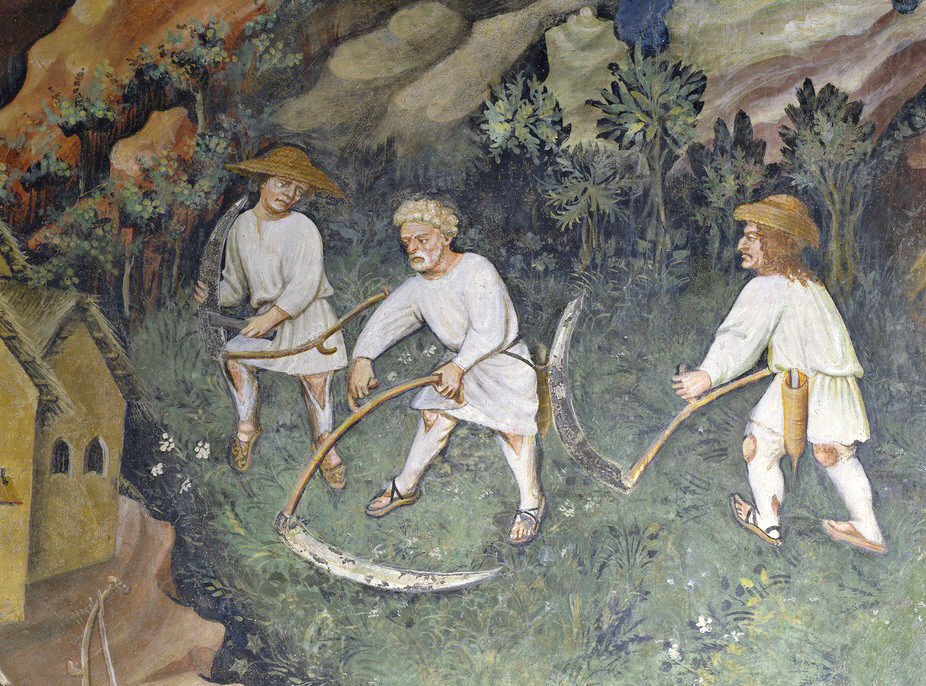The Historical Sew Monthly 2018: Inspiration for Challenge #7: Sleeves
The July Challenge in the Historical Sew Monthly 2018 is Sleeves, and I’m extremely excited to see what people do with it. It’s such an easy challenge to interpret and fulfil, and there are so many possibilities. Because it’s such an easy challenge to find a project for (just make anything with sleeves that are in some way interesting and significant!) I’m just going to show you some of my favourite (or, in the case of late 16th century examples, least favourite) sleeves from throughout history. And I mean it when I say throughout history, because the oldest known extant garment, this 5,000 year old tunic/shirt, has fascinating sleeves which have been purposefully pleated or ruched to give them shape and interest: Only 3,400 years later, this Coptic tunic from the same area of the world features quite simple sleeves, but beautifully decorated: I love Medieval fitted sleeves, especially ones with lots of buttons. If you’re trying to fit your own pair of 14th century sleeves, you may find my post showing how I fitted …



